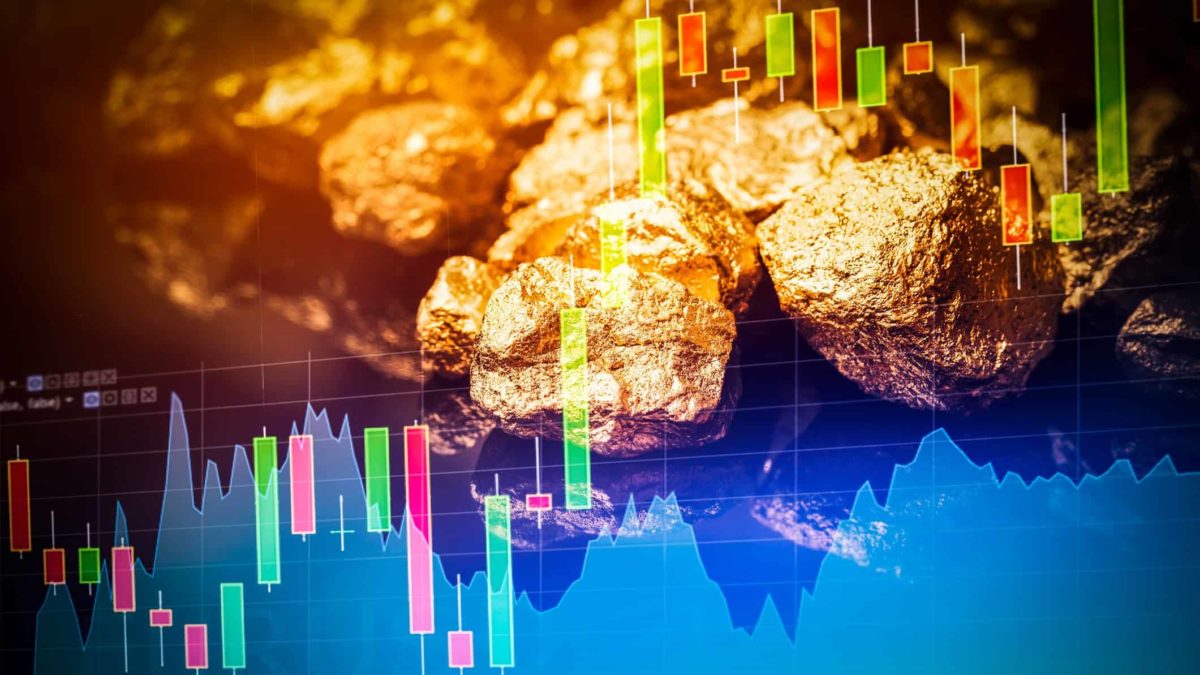S&P/ASX 200 Index (ASX: XJO) gold shares have enjoyed a solid start to 2023, buoyed by a more than 4% boost in the price of the yellow metal since 3 January.
At the time of writing, gold is trading for U$1,925 per ounce.
Year-to-date, that lift has seen ASX gold share Northern Star Resources Ltd (ASX: NST) leap 14% higher, while Newcrest Mining Ltd (ASX: NCM) shares have gained 6%, and the Evolution Mining Ltd (ASX: EVN) share price is up 5%.
The blue-chip gold stocks, logically, tend to perform better from an investment perspective when the gold price is rising.
And economic 101 dictates that prices tend to rise amid increasing demand or falling supply.
So what can investors in ASX 200 gold shares expect for 2023?
For some greater insight into those supply and demand dynamics, we turn to The World Gold Council's latest Gold Demand Trends report.
What happened with gold in 2022?
Before addressing how gold demand may impact ASX 200 gold shares in 2023, it's worth noting that worldwide gold demand in 2022 (excluding OTC) increased 18%. The 4,741 tonnes of gold represents the highest yearly demand since 2011.
The Council said those decade-high demand levels were driven by "hefty central bank-buying" and strong retail investment.
Indeed, central banks purchased 1,136 tonnes of bullion in 2022. That's a 150% increase from the 450 tonnes that central banks bought in 2021. And this trend was picking up pace as the year unfolded, with the banks buying 417 tonnes of gold in the fourth quarter alone.
Commenting on the data, Louise Street, senior markets analyst at the World Gold Council, said:
Last year we saw the highest level of annual gold demand in over a decade, driven in part by colossal central bank demand for the safe haven asset.
Gold's diverse demand drivers played a balancing act as rising interest rates prompted some tactical ETF outflows, while elevated inflation spurred on gold bar and coin investment. In the end, overall investment demand was up 11% on the previous year.
That's the year gone by.
So, let's get back to the outlook for the gold supply and demand, and how that may impact ASX 200 gold shares, in the year ahead.
What can ASX 200 gold share investors expect in 2023?
As Street points out, there are a lot of competing factors at play that will determine the average gold price in 2023.
"Economic forecasts are pointing to a challenging environment and a likely global recession which could lead to a role reversal in gold investment trends. If inflation comes down, this could be a headwind for gold bar and coin investment," she said.
On the flip side, she added, "Continued weakening of the US dollar and the moderating pace of interest rate hikes could have positive implications for gold-backed ETF demand."
The Council expects gold demand for jewellery to remain strong. Though the increased demand expected from China's COVID-zero reopening could be diminished by reduced consumer spending, should the major world economies slip into recessions.
"While there are several possible outcomes, gold has a precedent for performing well in turbulent economic times, highlighting its value as a long-term, strategic asset," Street said.
On the potential supply side impacts for ASX 200 gold shares, the Council reported that the total annual supply of bullion increased 2% in 2022 to 4,755 tonnes. Mine production hit four-year highs last year, reaching 3,612 tonnes.
How have these ASX 200 gold stocks been tracking?
You can see the 12-month performance of these three ASX 200 gold shares in the charts below.
Since this time last year, the Evolution share price is down 10%; Northern Star shares have gained 50%; and Newcrest Mining shares are flat over the 12 months.









